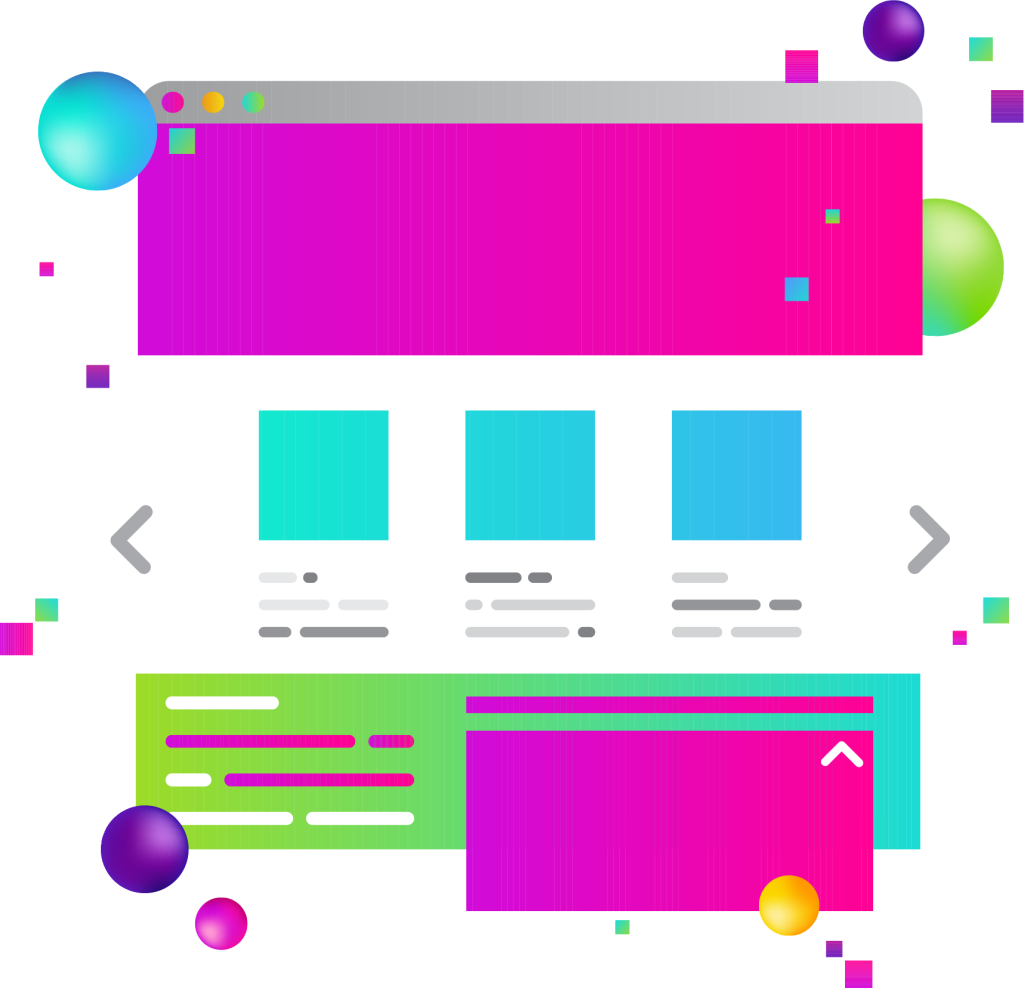
Designing for conversions is about attracting and retaining visitors. More than just an aesthetic concern, the way your site is designed can significantly impact your traffic, engagement, bounce rates, and most importantly, conversions. Whether it’s sales, sign-ups, or clicks, designing your website with conversions in mind can lead to more positive interactions with your audience. This article delves into the strategies and principles behind conversion-focused design, offering insights on how to turn casual visitors into loyal customers.
Understanding Website Conversion Metrics
Before diving into design strategies, it’s crucial to grasp the key metrics that measure website performance. Conversion rates stand at the heart of these metrics, indicating the percentage of visitors who take a desired action. These actions can range from making a purchase to signing up for a newsletter.
Other critical metrics include traffic, time ;on site, and bounce rates, each providing insights into user behavior and the site’s effectiveness in engaging visitors. Understanding these metrics is the first step toward designing a website that not only looks good but also performs well.
Designing for Conversions-Focused Design
The foundation of a high-converting website is its design. Here are the core principles that guide conversion-focused design:
User-Centered Design
Knowing your audience is paramount. A design that resonates with your target users’ preferences and needs is more likely to encourage conversions. Tailoring the user experience (UX) to meet these needs ensures that visitors find value in your offering, compelling them to engage further.
Clarity and Simplicity
A cluttered website can overwhelm visitors, pushing them away before they take any meaningful action. Clarity in messaging and simplicity in design guide users to what they’re looking for, making the conversion process as straightforward as possible.
Visual Hierarchy
Effective use of layout, color, and typography can draw attention to key elements, guiding visitors’ eyes to the most important parts of your site. This visual guidance is crucial in leading users toward conversion points.
Loading Times and Mobile Optimization
In an age of instant gratification, a slow-loading website is a surefire way to increase bounce rates. Similarly, with the majority of web traffic coming from mobile devices, a site that isn’t optimized for mobile is likely to frustrate users and drive them away.
Call-to-Action (CTA) Optimization
CTAs are the signposts that guide users toward conversion. Whether it’s a button, link, or form, your CTAs should stand out and clearly communicate the value of clicking through.
Strategies for Improving Key Conversion Metrics
With the principles of conversion-focused design in mind, let’s explore practical strategies to enhance website performance:
User Experience
A user-friendly website encourages visitors to stay longer and explore deeper. This involves intuitive navigation, fast loading times, and responsive design. Every element of the UX should aim to minimize friction and make the journey toward conversion as smooth as possible.
Content Strategy
Content is the backbone of your site’s value proposition. High-quality, relevant content not only helps in attracting the right audience but also in keeping them engaged. From blog posts to videos, ensuring your content addresses the needs and interests of your visitors can significantly boost conversions.
Landing Page Optimization
Your landing pages are often the first point of interaction with potential customers. These pages should be specifically designed to convert, with a clear focus on the action you want users to take. A/B testing different elements of your landing pages can reveal what works best in driving conversions.
Trust Signals
When designing for conversions, building trust with your audience is essential. Incorporating testimonials, reviews, security badges, and clear privacy policies can reassure visitors of your credibility and encourage them to take the leap from visitor to customer.
Case Study: Amazon
Amazon stands as a paragon of conversion optimization, leveraging a variety of design and functionality elements to guide users from browsing to purchasing with exceptional efficiency.
Strategies for Success:
Personalization: Amazon uses sophisticated algorithms to offer personalized recommendations based on users’ browsing and purchasing history, effectively increasing the likelihood of additional purchases.
One-Click Ordering: This feature streamlines the checkout process, significantly reducing friction and making it easier for users to complete purchases with a single click.
Customer Reviews and Ratings: By integrating user reviews and ratings prominently on product pages, Amazon builds trust and helps users make informed purchasing decisions.
Prime Membership: Offering benefits like free shipping, Amazon Prime serves as a powerful incentive for users to convert, not just for a single purchase, but into long-term, repeat customers.
Amazon succeeds in converting visitors into customers through a combination of personalized user experiences, trust-building elements, streamlined processes, and clear communication of value. By understanding and addressing the needs and preferences of their target audience, they minimize friction in the conversion process and maximize user satisfaction and loyalty.
Designing for conversions goes beyond creating a visually appealing website. It involves understanding your audience, optimizing the user experience, and continuously testing and refining elements to guide visitors toward taking desired actions. By applying the principles and strategies outlined in this article, businesses can create websites that not only attract visitors but also convert them into loyal customers.
In designing for conversions, remember that design is an ongoing process. Trends change, technologies evolve, and user preferences shift. Staying informed and adaptable is key to maintaining a website that not only looks good but also performs well in converting visitors into customers.
Consider the New Target team for your design needs for 2024, including mobile website design and brand web design.



